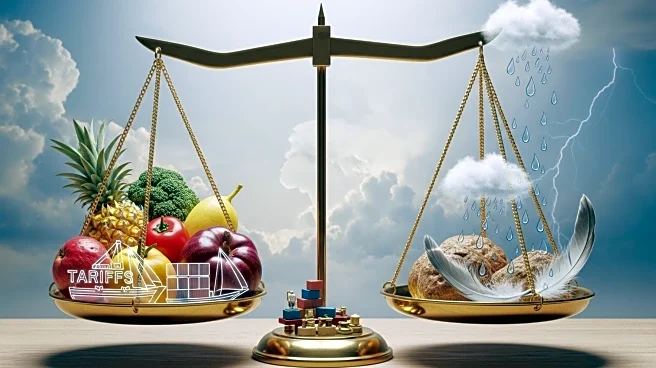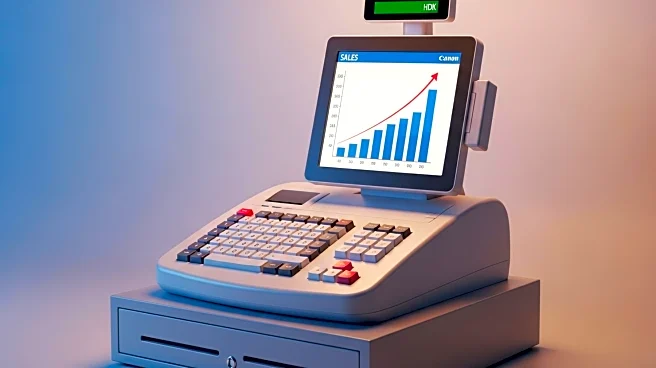What's Happening?
Grocery prices in the U.S. have continued to rise, even as food inflation has slowed since the COVID-19 pandemic. According to CBS News, expert Jo Ling Kent reports that several factors are contributing to the ongoing increase in food prices. These include supply chain disruptions, increased demand, and higher production costs. The pandemic initially triggered rapid price hikes, and while the rate of inflation has moderated, prices remain elevated, affecting consumers nationwide.
Why It's Important?
The persistent rise in grocery prices impacts household budgets, particularly for low- and middle-income families who spend a larger portion of their income on food. As prices continue to climb, consumers may need to adjust their spending habits, potentially reducing discretionary spending and affecting overall economic activity. Understanding the factors behind these price increases is crucial for policymakers and businesses to address supply chain issues and stabilize costs.
What's Next?
Efforts to stabilize grocery prices may involve addressing supply chain bottlenecks, enhancing production efficiency, and exploring alternative sourcing strategies. Policymakers might consider interventions to support affected industries and consumers, while businesses may innovate to reduce costs and improve resilience. Monitoring economic indicators and consumer behavior will be essential in navigating these challenges.










